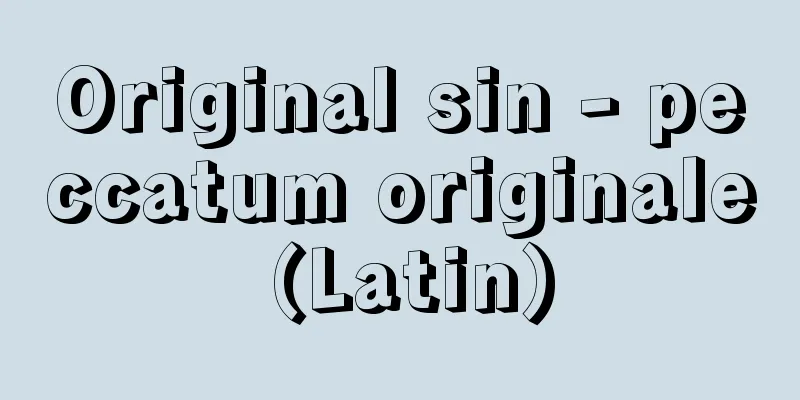Gaya pottery

|
…From the second half of the 4th century to the 5th century, vessels such as long-necked jars and vessel pedestals were added, and a wide variety of patterns, including wavy patterns, sawtooth patterns, circular patterns, and diagonal lines, were applied. At this stage, there are clear differences in vessel shape, clay, and patterns from Gaya pottery distributed in the area west of the Nakdong River. The production techniques for Japanese sueki were transmitted from the Gaya region along the Nakdong River. … *Some of the terminology explanations that refer to "Gaya pottery" are listed below. Source | Heibonsha World Encyclopedia 2nd Edition | Information |
|
…4世紀後半から5世紀にかけては長頸壺,器台などの器種が加わり,波状文,鋸歯文,円圏文,斜交線文など多種多様な文様が施されるようになる。この段階では,洛東江西岸地域に分布する伽耶土器とは,器形,胎土,文様のうえできわだった差異がみられる。日本の須恵器の生産技術はそうした洛東江流域の伽耶地方から伝えられた。… ※「伽耶土器」について言及している用語解説の一部を掲載しています。 出典|株式会社平凡社世界大百科事典 第2版について | 情報 |
Recommend
Existentialism
A school of philosophy that seeks to explain the e...
Mammalia
...The oldest of this group is the Placodermi, wh...
Masakaze Takasaki
Year of death: February 28, 1912 (Meiji 45) Year o...
Swertiamarin
…Its Japanese name is Senburi (thousand furi) bec...
Bemmelen, JMvan (English spelling) BemmelenJMvan
…In 1872, he graduated from a local high school a...
poke
…The whole plant resembles pokeweed, but the flow...
Osakaya Shoten
…During this time, in 1922, Nomura General Partne...
Fish sign - Gyofu
〘Noun〙 A fish-shaped tally ticket . A fish shape i...
Silk tree (Albizzia julibrissin) - Silk tree (English spelling)
A deciduous tall tree of the legume family. It is ...
Tropotaxis
…The positive phototaxis of the photosynthetic pr...
duplication
… [Chromosomal Mutation] Originally, this term re...
Gennadios II (English spelling)
...He was the first Patriarch of Constantinople u...
Meme - Meme
A concept coined by Richard Dawkins (1941- ) as a...
Carmil - Carmil
…After the death of Salah al-Din, the kingdom was...
white magic
…Originally, it was a type of magic practiced amo...









